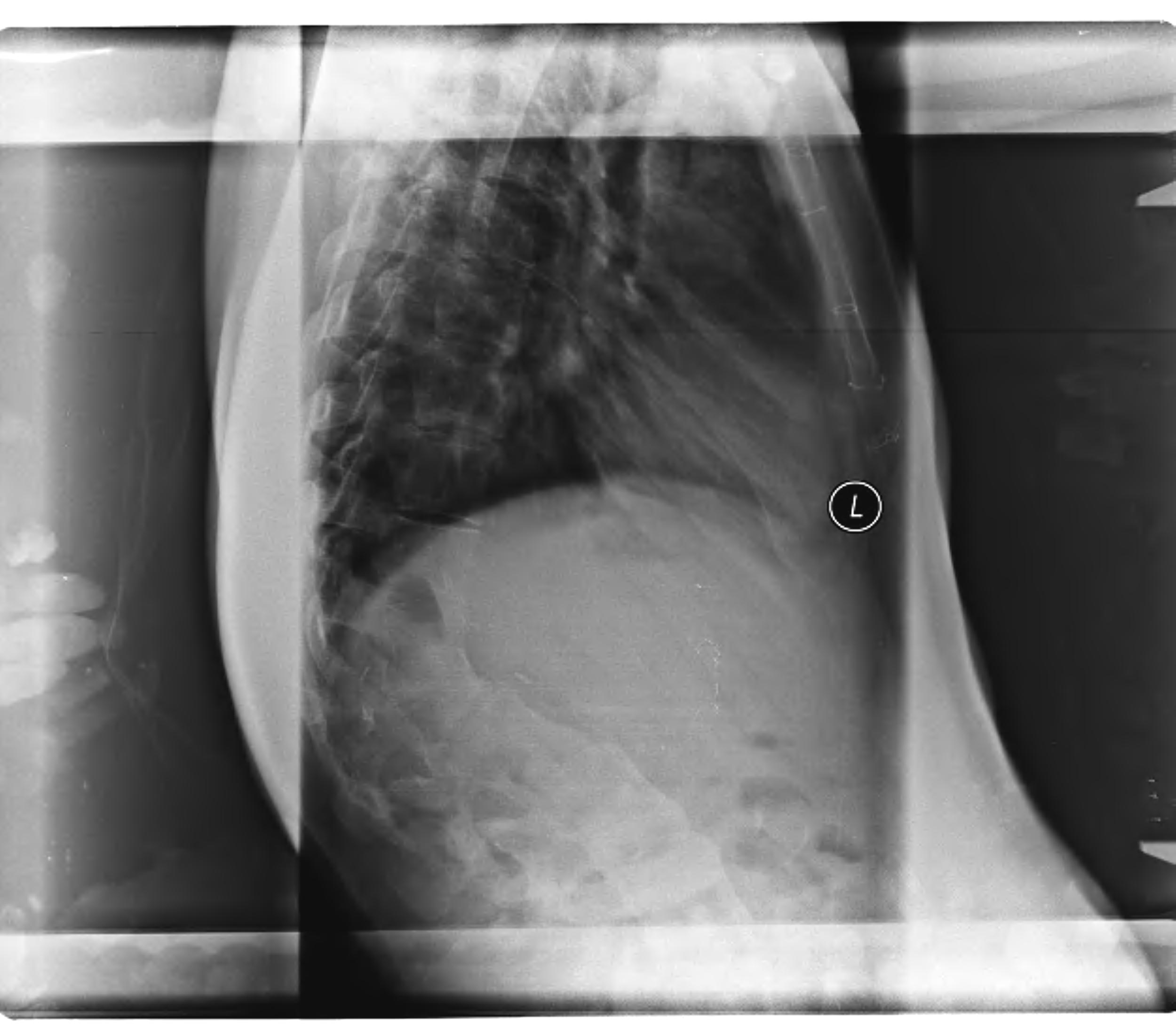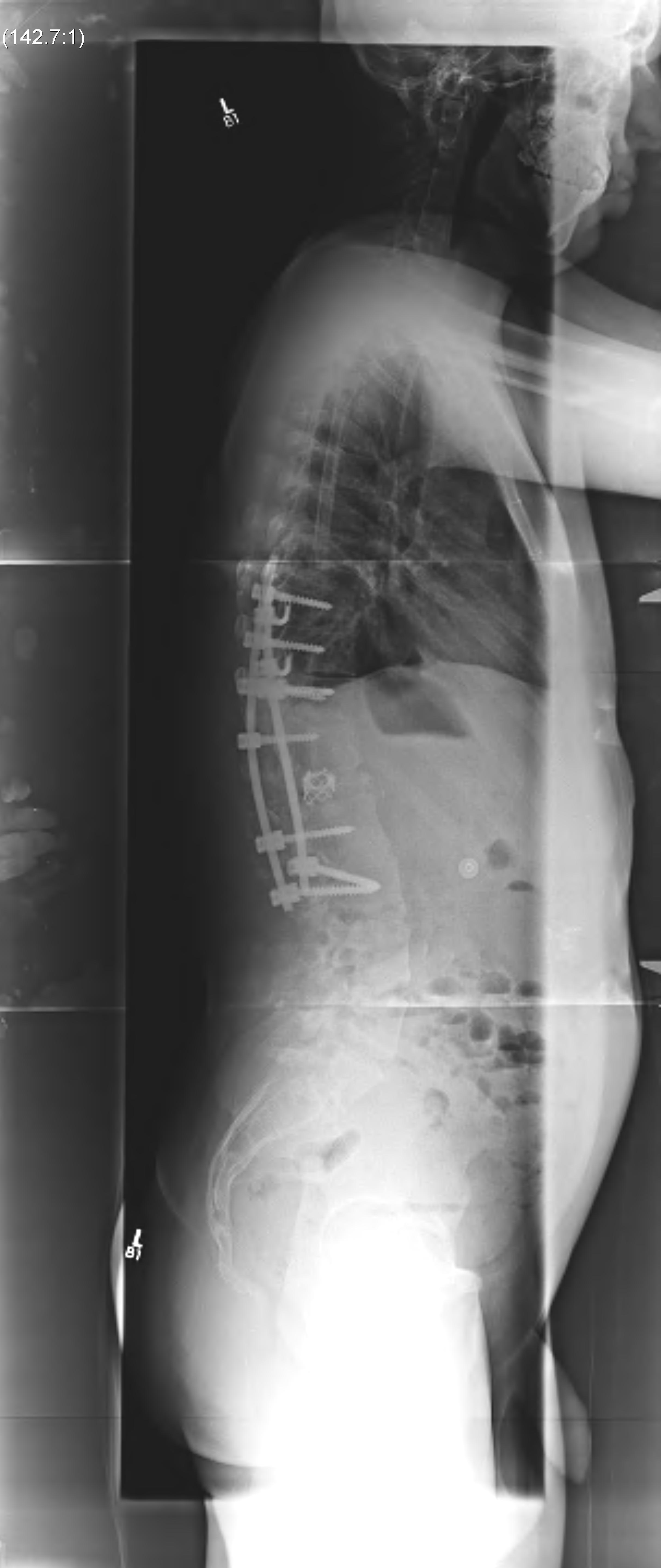Definition
Kyphosis due to congenitally anomalous vertebrae
- characterized by severe angular deformity
- prominent gibbus at the apex of the curve
Classification
Type I - Failure of formation
Failure formation anteriorly + preservation of posterior elements
- hemivertebrae / wedge vertebrae
- most common
- produces the worst deformity
- NHx is one of relentless progression
- 7o per year
- most likely to result in paraplegia


Type II - Failure of segmentation
Anterior unsegmented bar
- better prognosis
- produces more rounded kyphosis
- deformity progresses more slowly
- paraplegia is uncommon
Type III
Mixed pattern
Clinical Features
Severe deformity maybe obvious at birth
- less obvious deformities may not appear until later
- may be accentuated during adolescent growth spurt
Progression occurs to end of growth & often after growth complete
Mechanism
Due to
- growth differential
- erosion of vertebral body from mechanical pressure
Issues
Deformity can become very severe (Type I)
- breakdown of the overlying soft tissues
- compression of abdominal viscera
- impairment of pulmonary function
Paraplegia may occur (Type I)
Management
Non operative not effective
Work up
MRI / Neurosurgery
- exclude intraspinal pathology
Echocardiogram
- cardiac abnormality
Abdominal US
- renal abnormality
Operative
Type I
Ideal treatment is early detection & early posterior fusion
- best results if fusion by age 3
- can be done as early as 6/12
A. < 5 years & curve < 50o
- posterior spinal fusion
B. > 5 years and > 500
- anterior and posterior fusion
C. Neurology
- anterior decompression first


Type II
If early, can treat with anterior osteotomy of unsegmented bar
- i.e. epiphyseolysis
If late, requires posterior fusion
